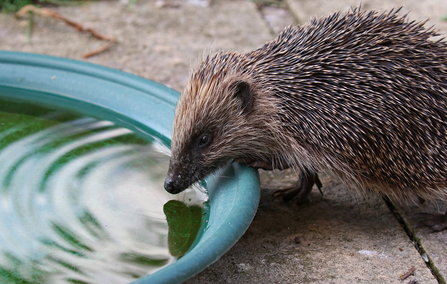When I was little I remember watching a scurrying hedgehog when out for a walk with my mum. I struggled with the name - I pointed and exclaimed 'hodgeheg’, next was ‘egghodge’ and more stumbled words followed. The fact that I knew the name, even if I didn’t know how to say it, meant that there were plenty of these spiny creatures around. Whilst I now have regular hoggy visitors to my own garden, my mum hasn’t seen a hedgehog at home for more than 20 years.
She's not alone. It’s estimated that in the 1950s there were 35 million hedgehogs in the UK. Today, there are fewer than a million. In fact, it appears that our rural hedgehogs are suffering more than their townie cousins - the State of Britain's Hedgehogs, published in 2018, found that our rural hedgehog populations have more than halved in the last decade whereas urban populations have declined by about a third. It’s difficult to believe that these beautiful creatures were once persecuted but their more recent decline is more to do with a changing world and unwitting neglect than determined slaughter.


